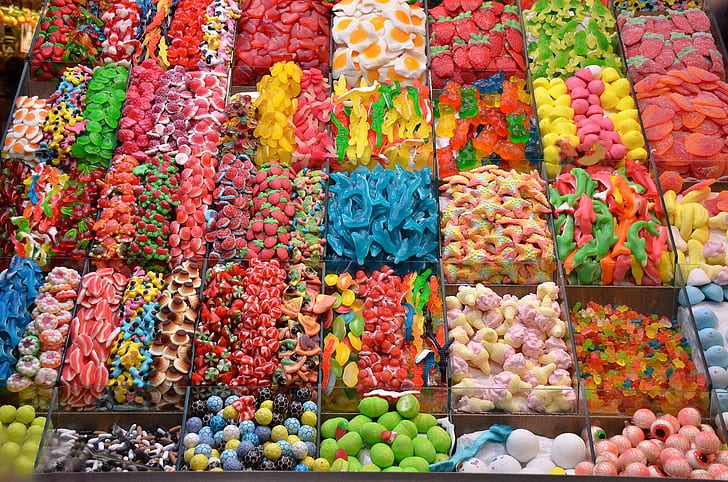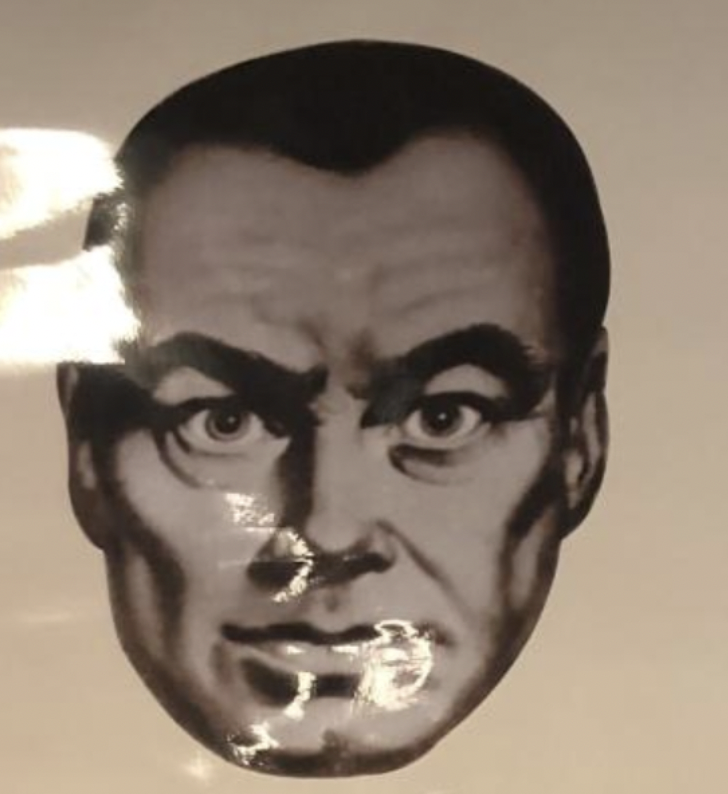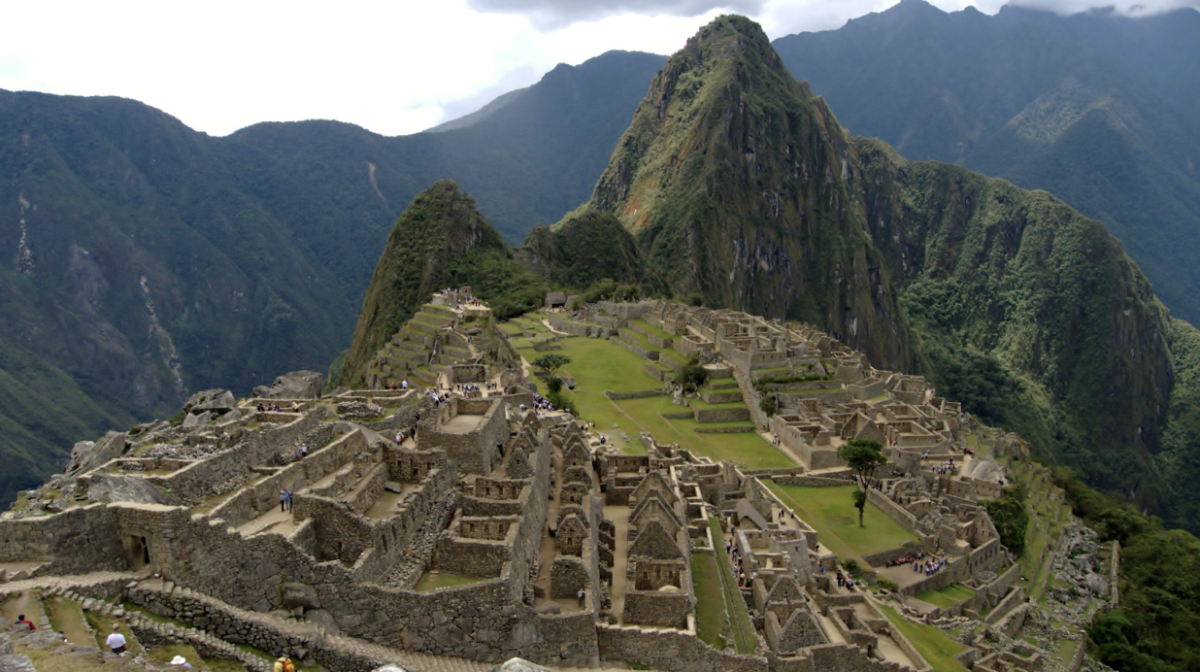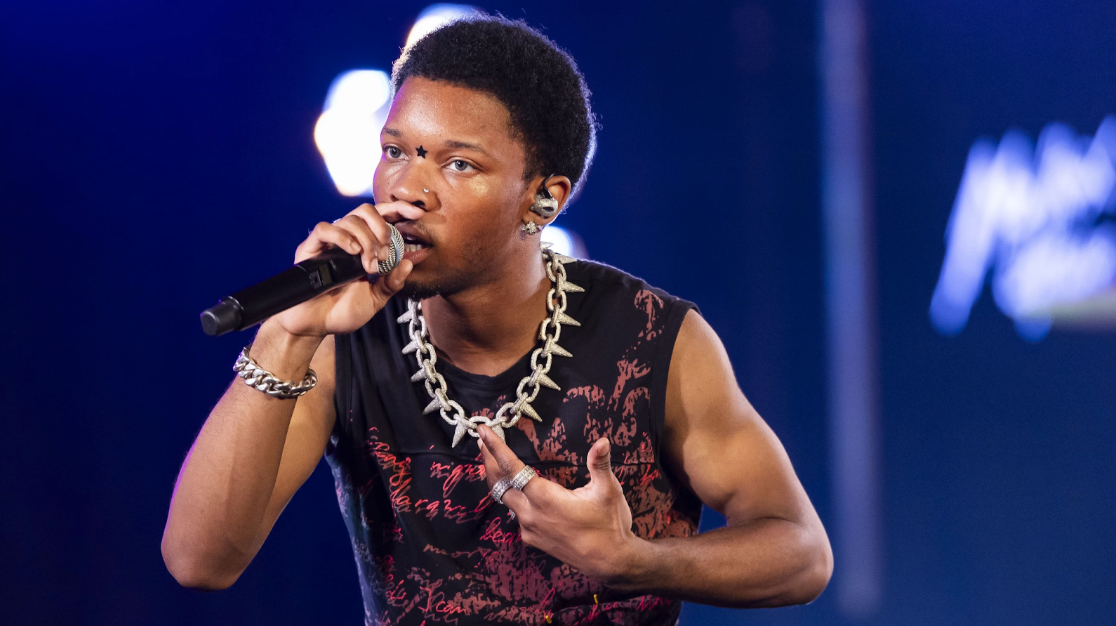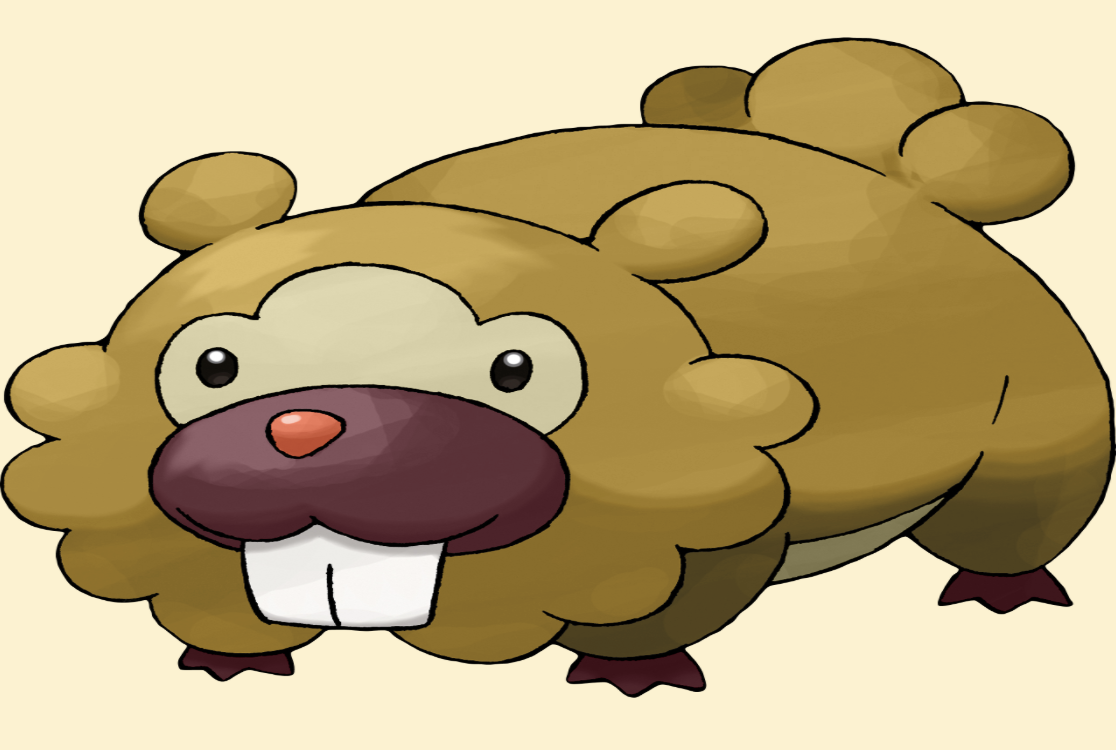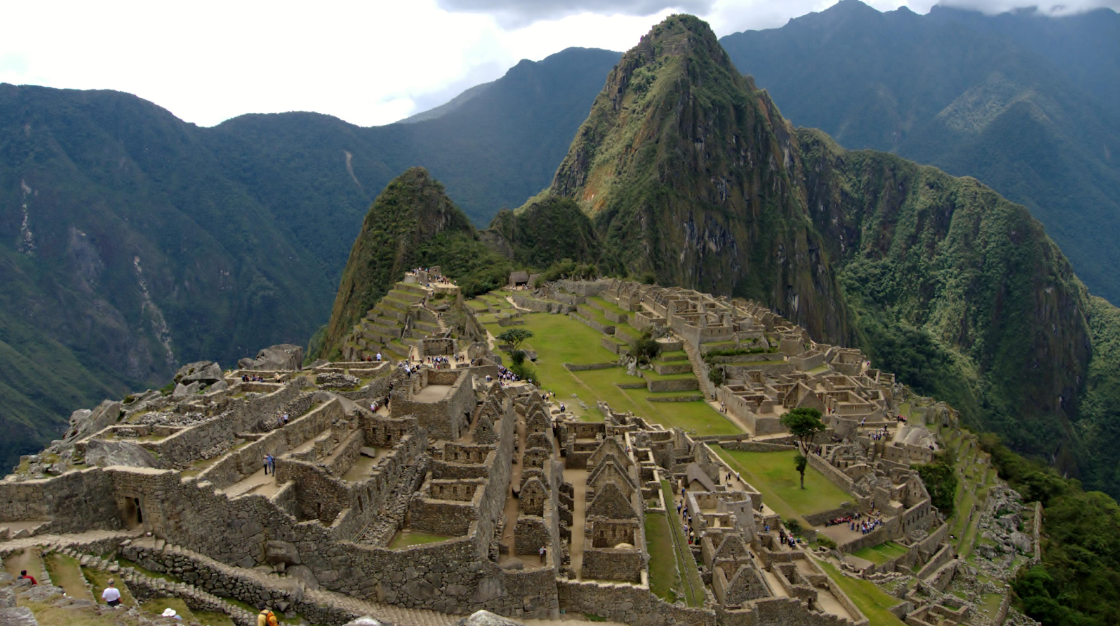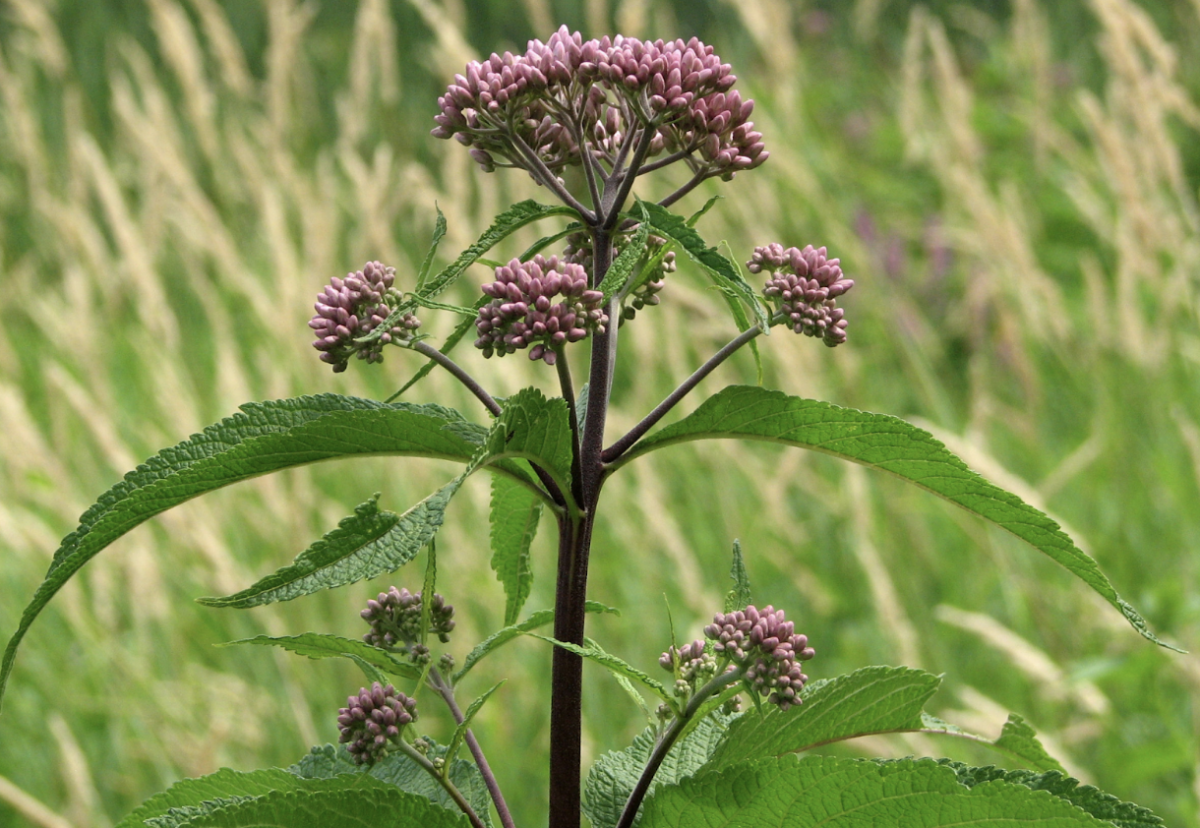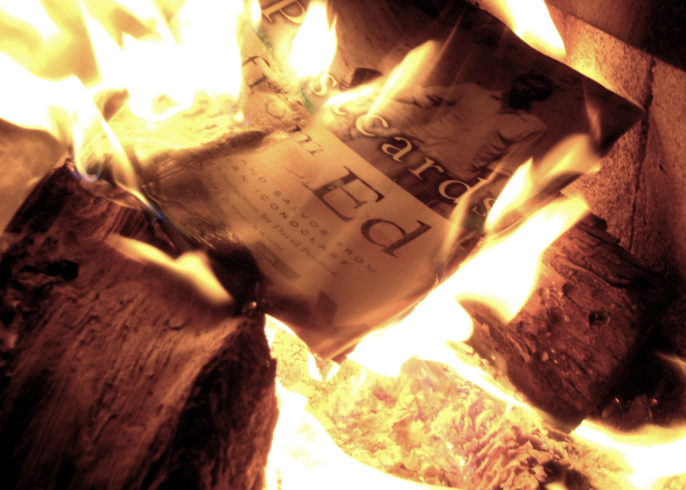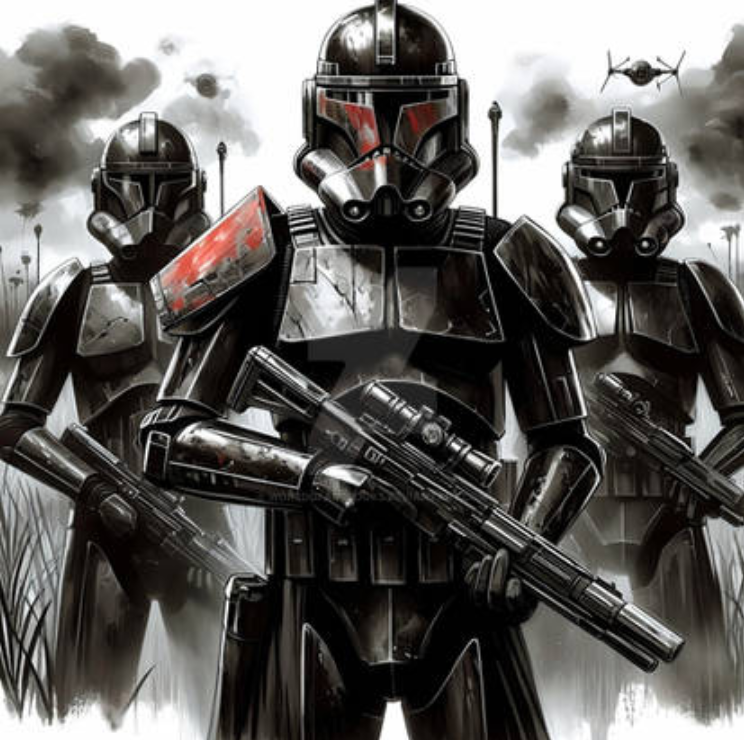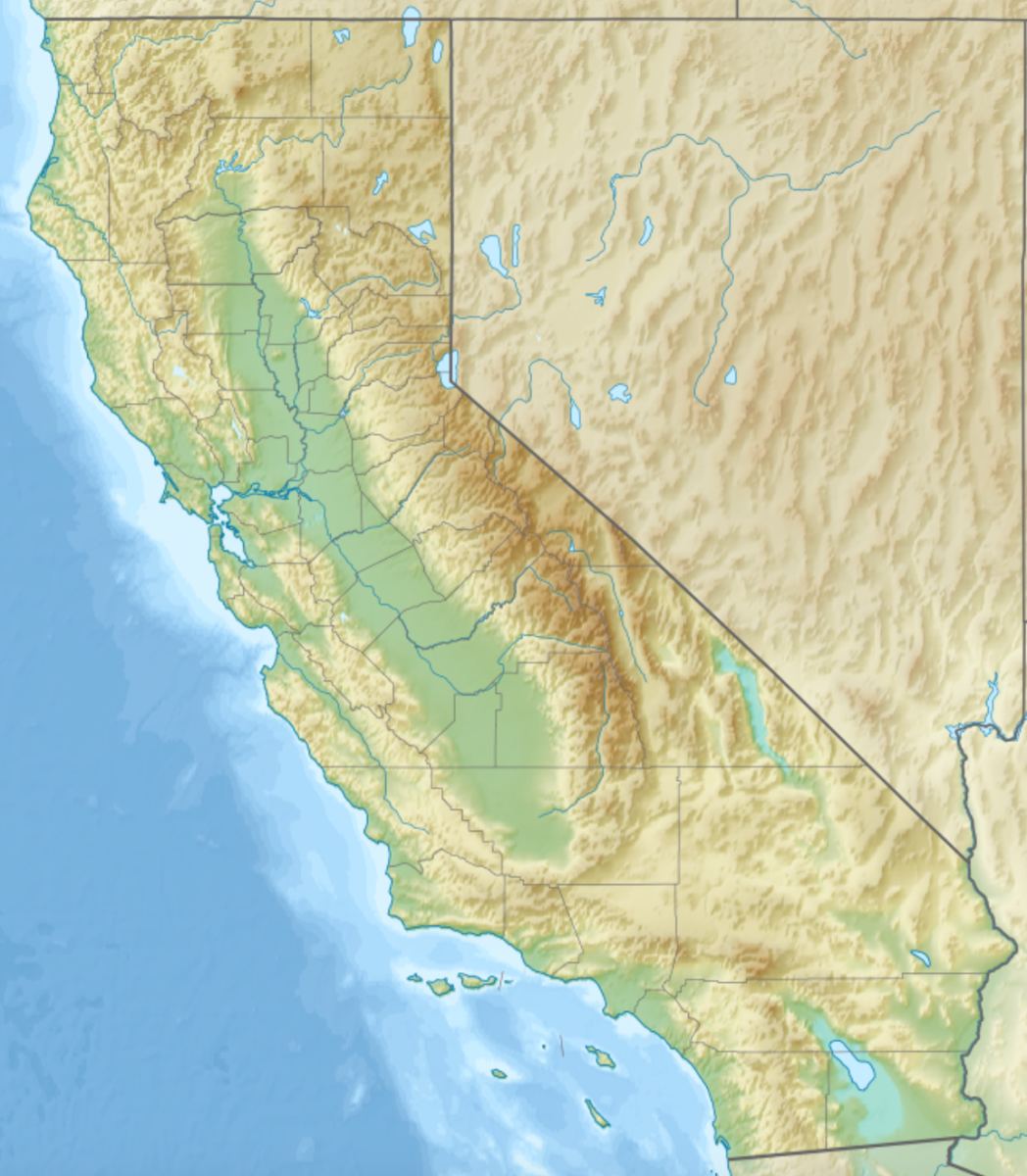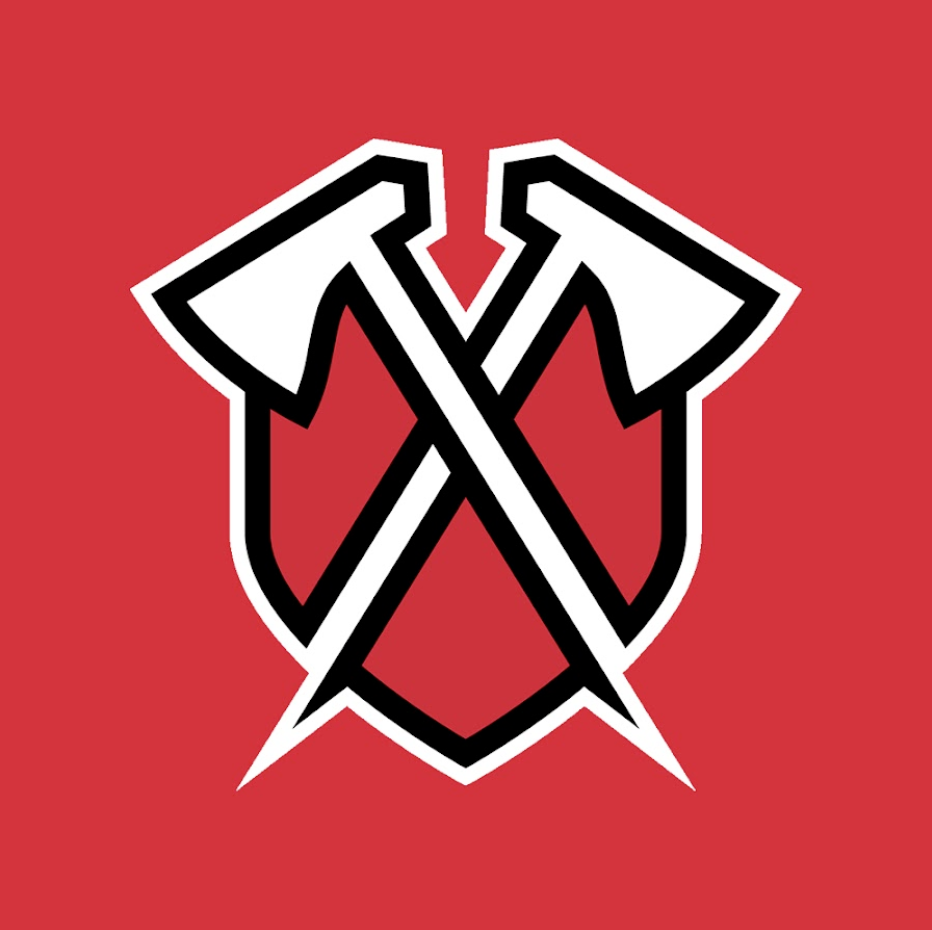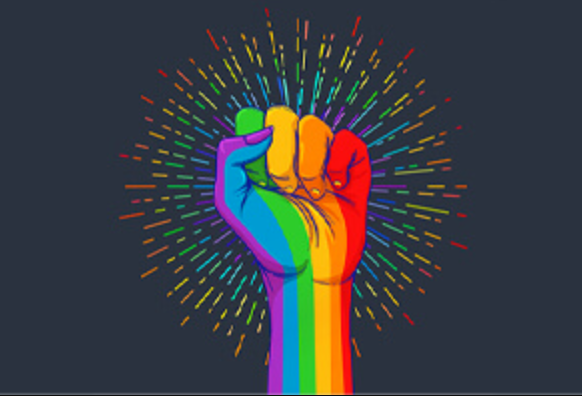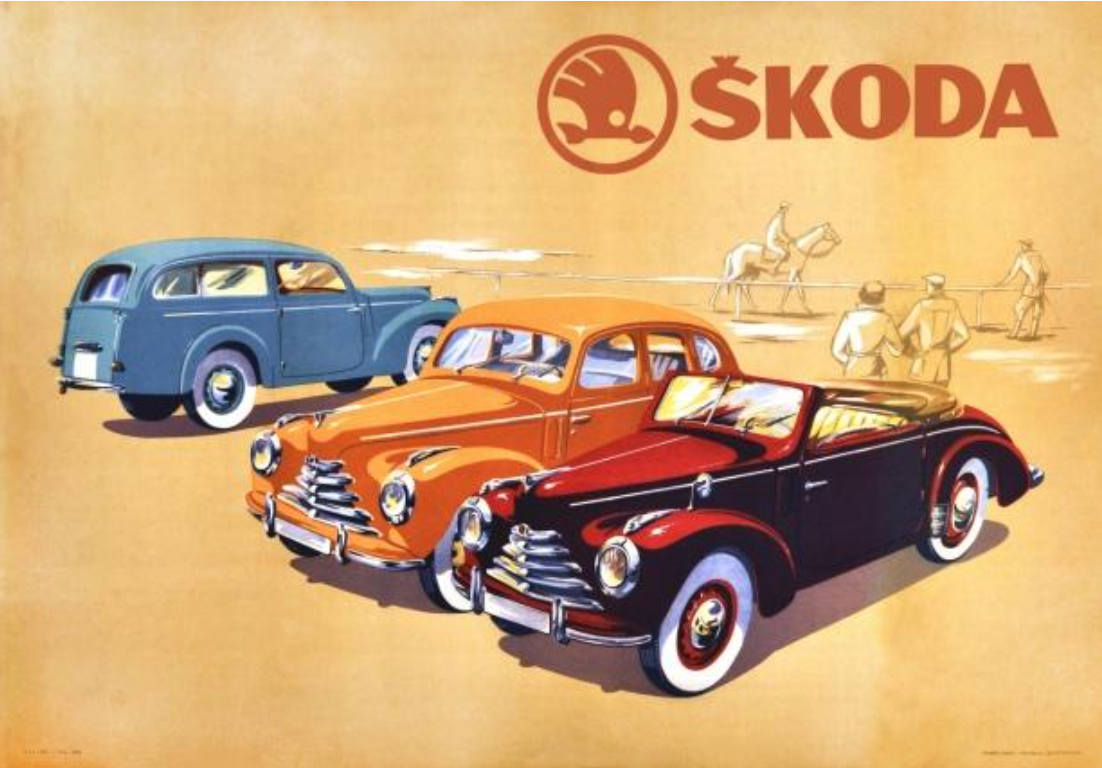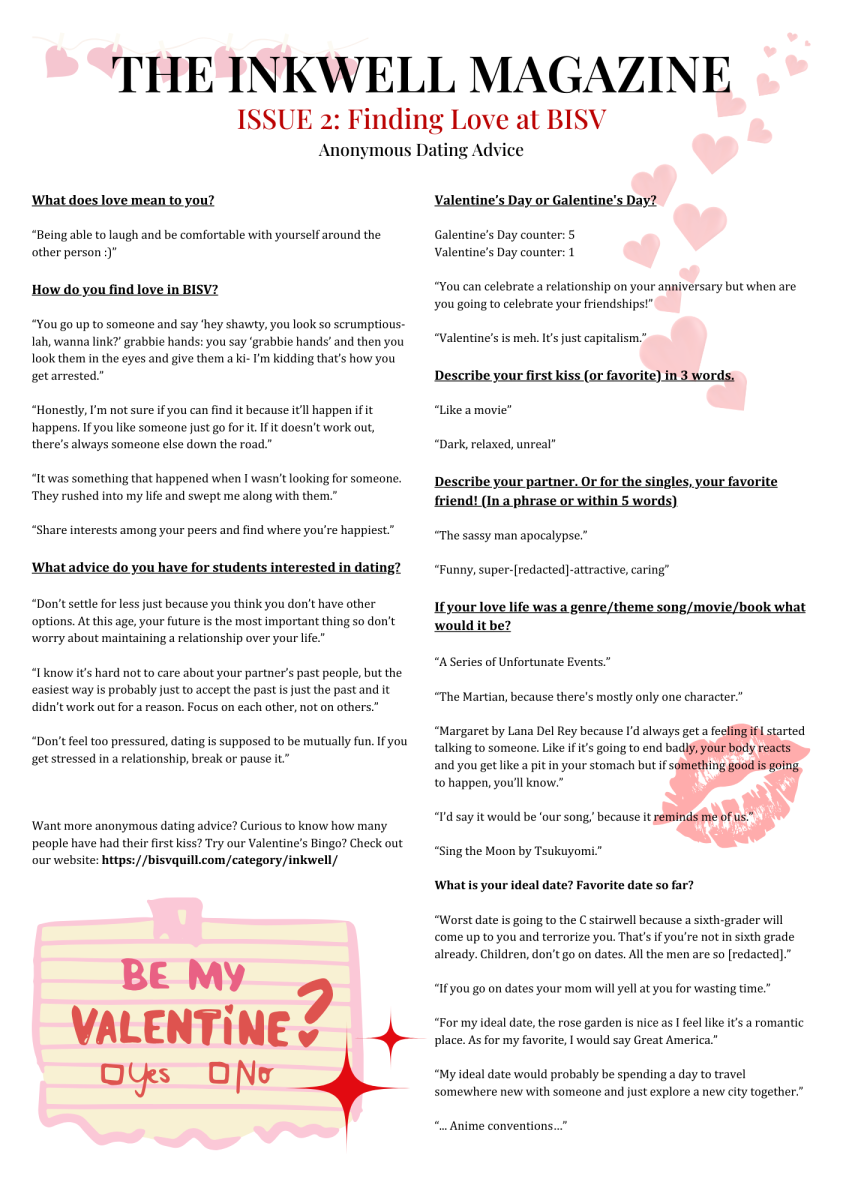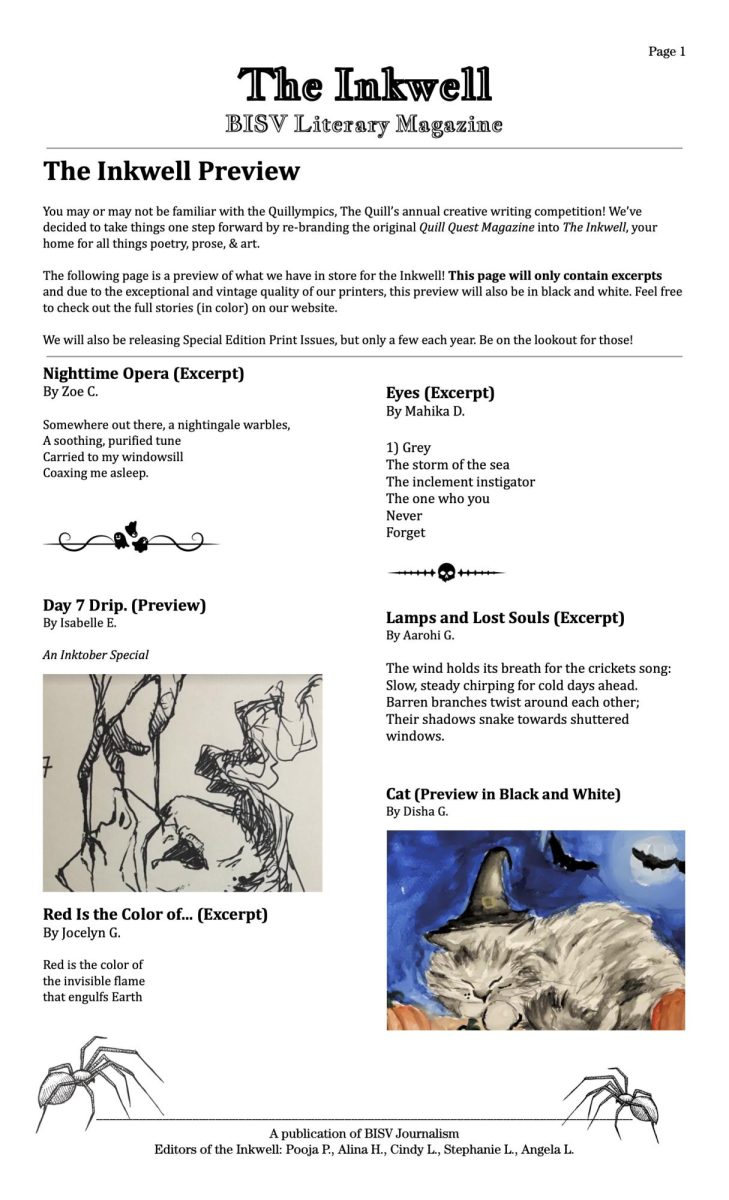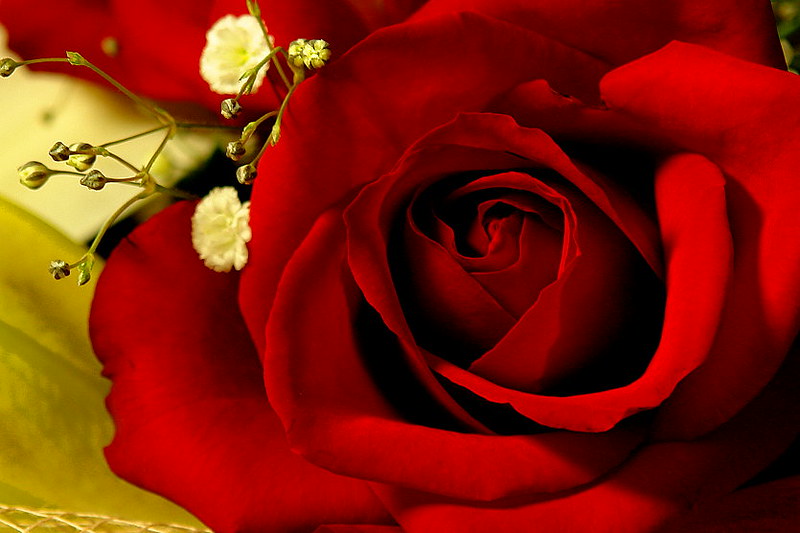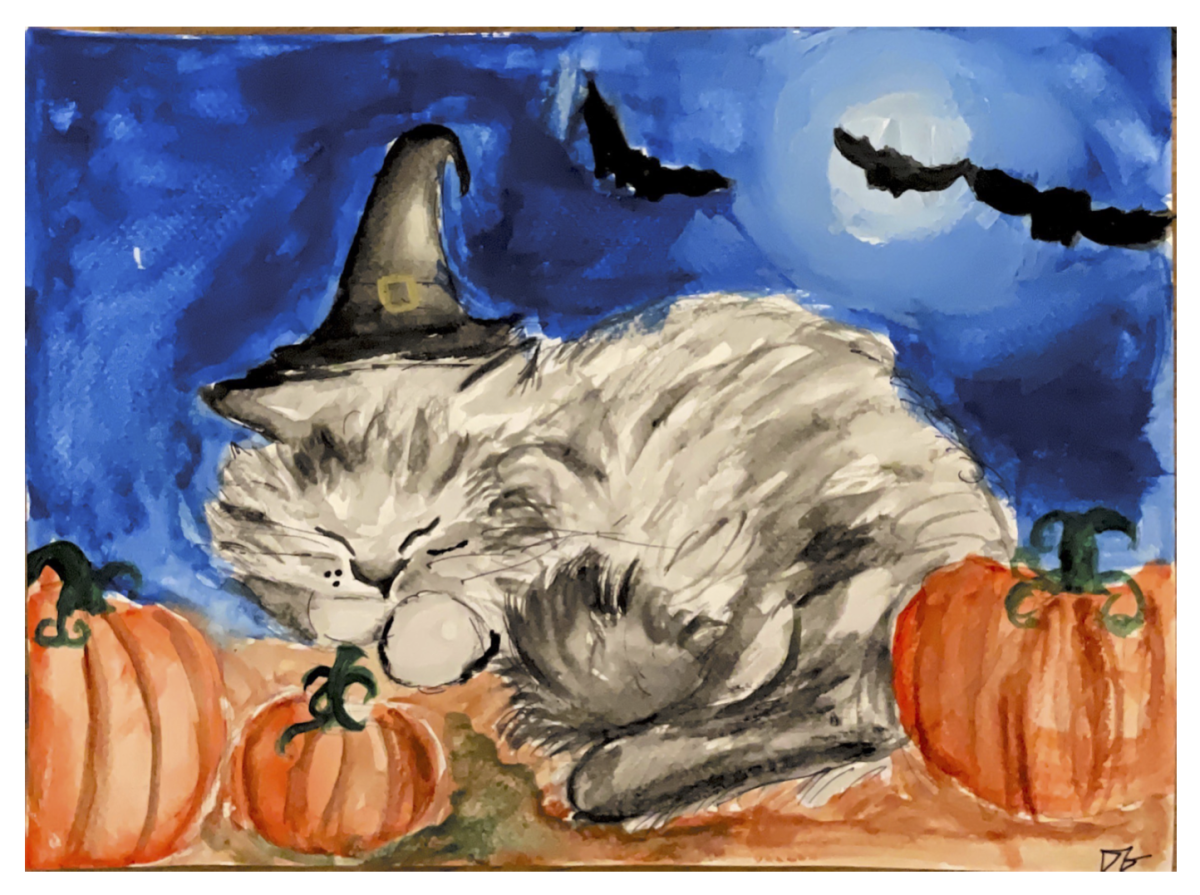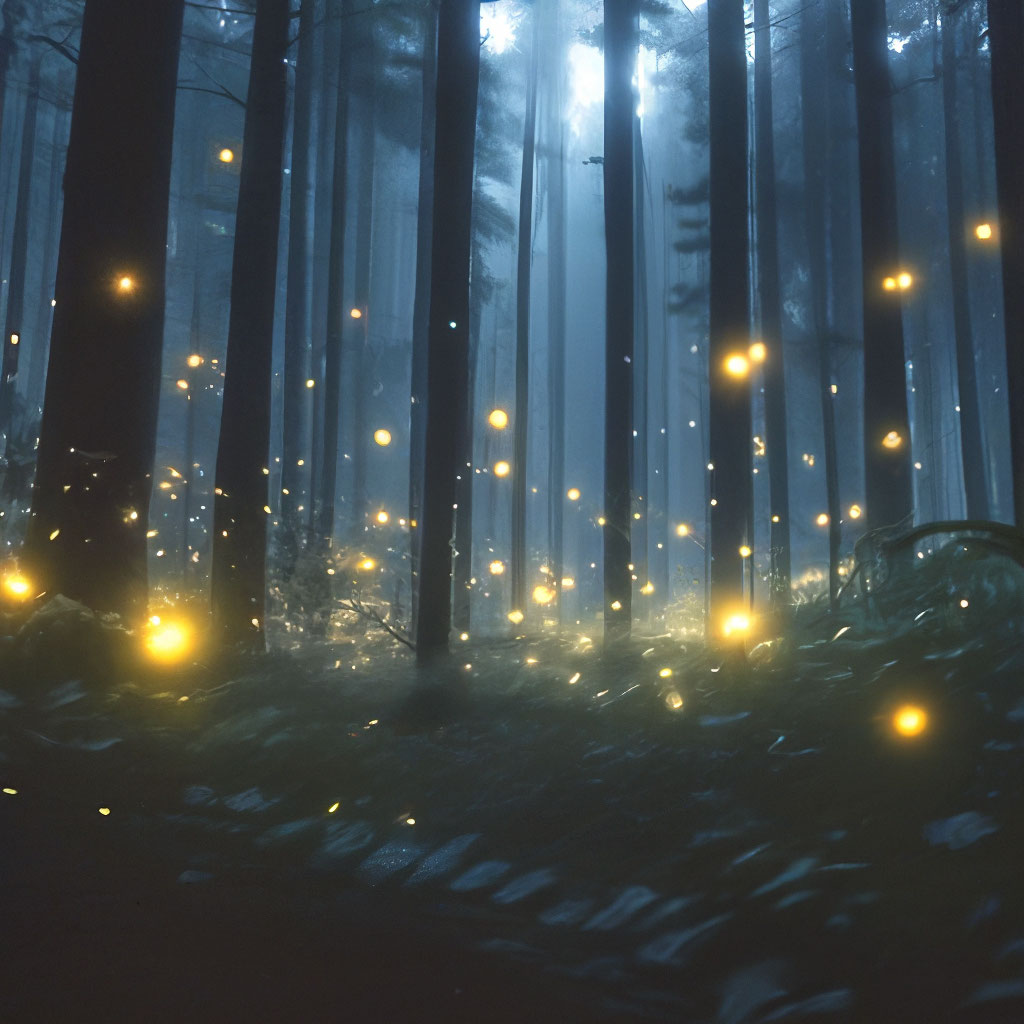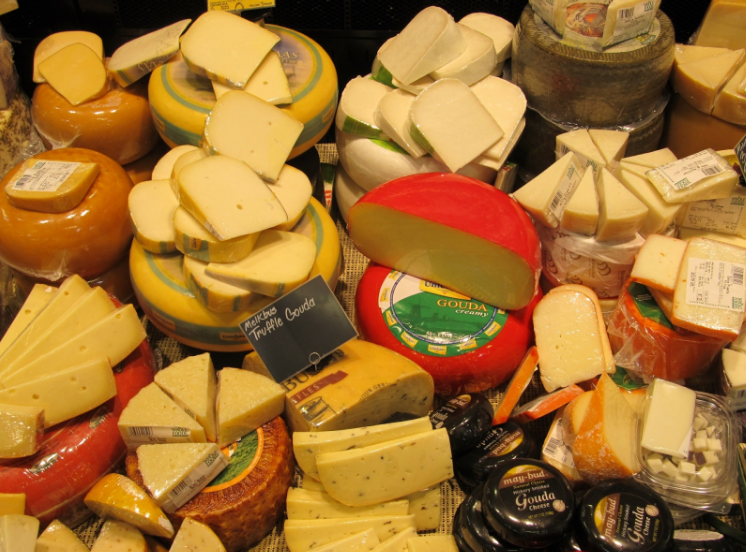Halloween is a fascinating time. People dressed in traffic cones and bananas walk around with candy. It really makes you think: What has become of our society?
What if I told you that this madness hasn’t always been present in our society? That people haven’t always been dressing up as inflatable dinosaurs and rocking chairs?
Let me tell you a story. Long, long ago, Halloween was known as Samhain…
Samhain originated as a Gaelic tradition that celebrated the harvest after the end of the summer from October 31st to November 1st. There are many different celebrations of the harvest, but the Gaelic tradition of Samhain has managed to survive and evolve, which makes it a remarkable celebration. Early Gaelic peoples would leave their hearth or fireplace lit at home and leave to collect the harvest. Then, a stone wheel would be turned with the help of the village druid, the village holy man, and it would catch fire. This was supposed to symbolize the sun. Some documents mention 6 days of “gluttonous feasts” and excessive drinking. Also, cattle were slaughtered and prayers were sent to the gods.
Some texts say that Samhain was a mandatory celebration, where each citizen had to present themselves to the chieftain, and failure to do so would lead to execution. Holiday thrones were presented to commanders and generals for military celebrations, though the use of weapons during the celebrations was a grave sin.
According to old Gaelic mythology, Samhain was a time when the borders of the magical world and the real world overlapped. Souls would wander the Earth, looking for their family or with a darker motivation—vengeance. That’s where the traditional practice of wearing masks and costumes comes into play, a tradition that has survived to the present era.
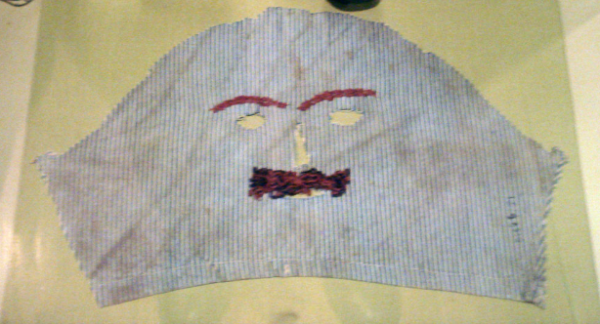
An example of a traditional Gaelic mask
Some might say that this traditional and cultural celebration has been corrupted by modern influence, but I think it’s wonderful that even today we still try to keep old traditions alive. Jack-o-Lanterns that we carve today came from the Gaelic, who used turnips instead. The fact that such tradition and culture have been passed down through generations and that each generation has been able to add their own touch to it shows an amazing aspect of human nature and society.
There is one problem though. The originality and cultural part of Samhainn is disappearing, and with that, Irish culture as a whole. Already in this modern age of conformality are people forgetting the traditions of the old. The way that we keep Samhain alive, we don’t do that for all traditions. Celebrations such as the Day of the Dead from Mexico are facing extreme commercialization and cultural appropriation, which dilute their importance and erase cultures overall. Cultures and traditions are disappearing, and we as a society need to work together to keep them alive.
Works Cited
Brown, Mary. “LibGuides: Samhain: The Celtic Origins of Halloween.” Westportlibrary.libguides.com, westportlibrary.libguides.com/Samhain.
History.com Editors. “Samhain.” HISTORY, 6 Apr. 2018, www.history.com/topics/holidays/samhain.
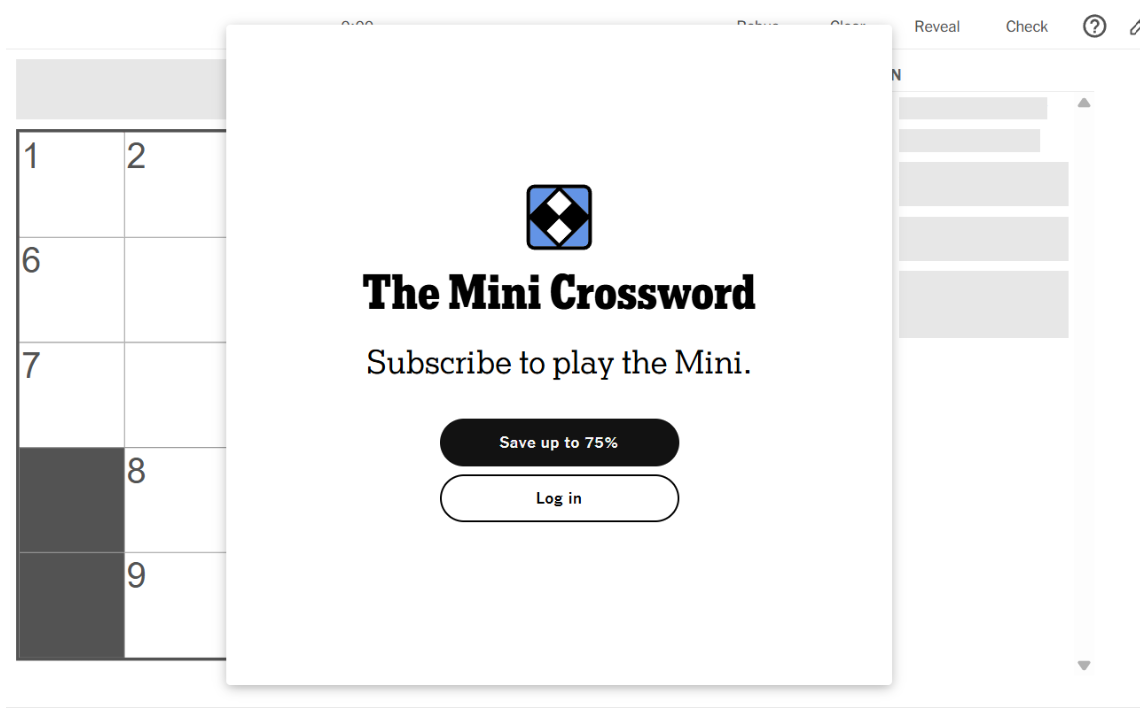




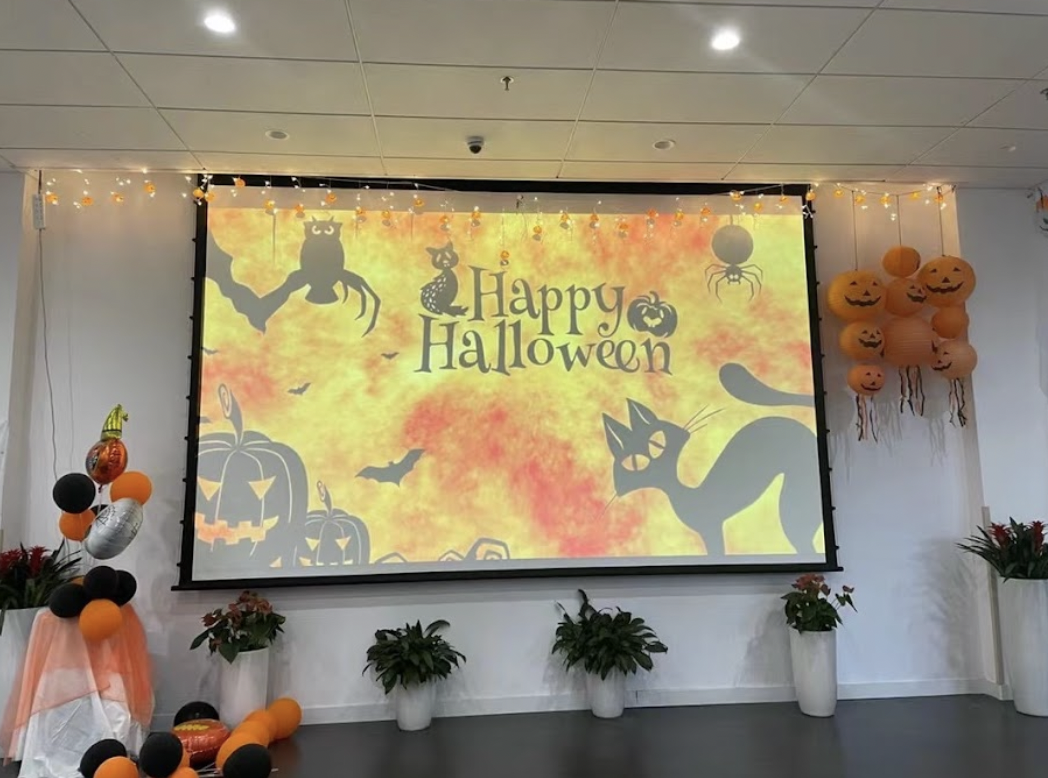
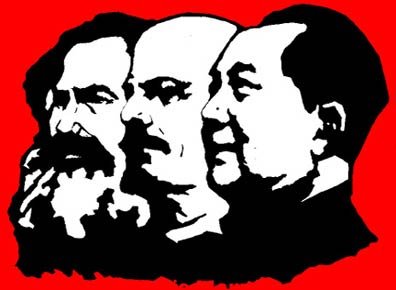
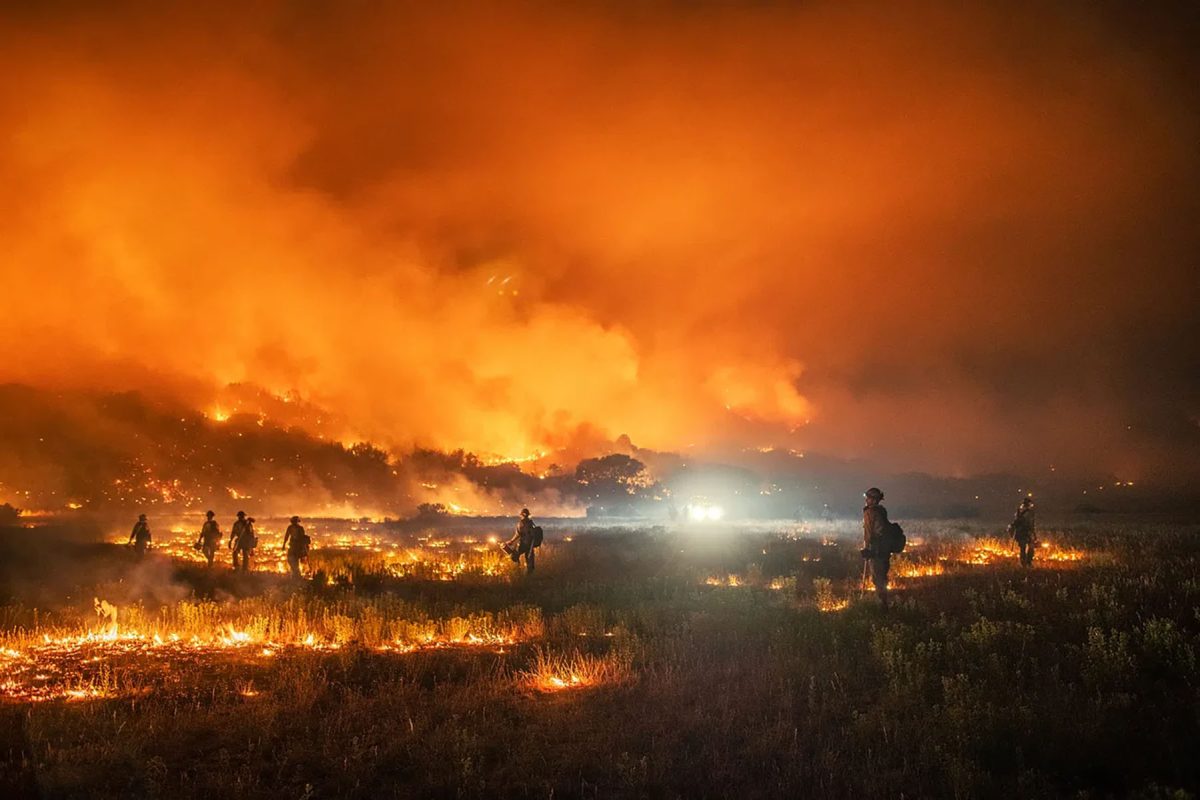

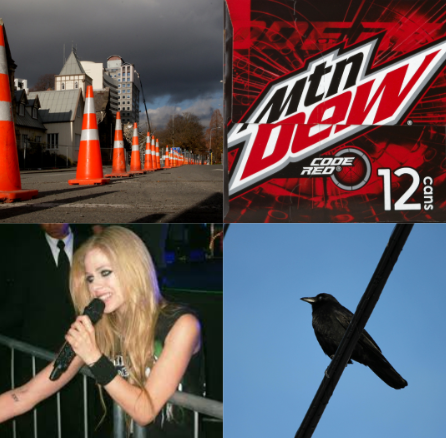
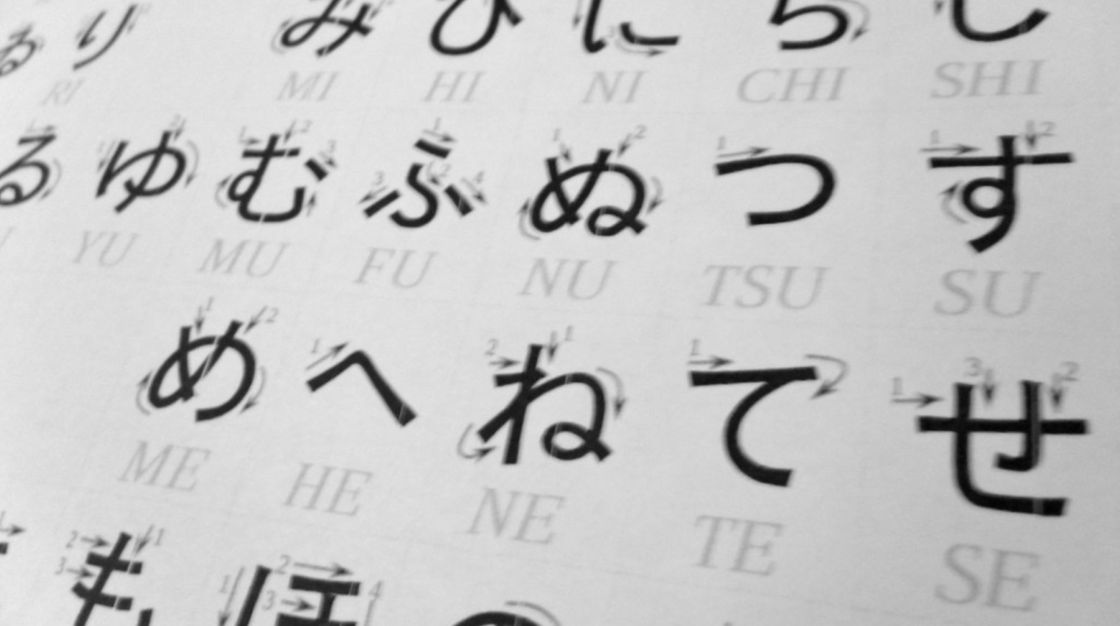
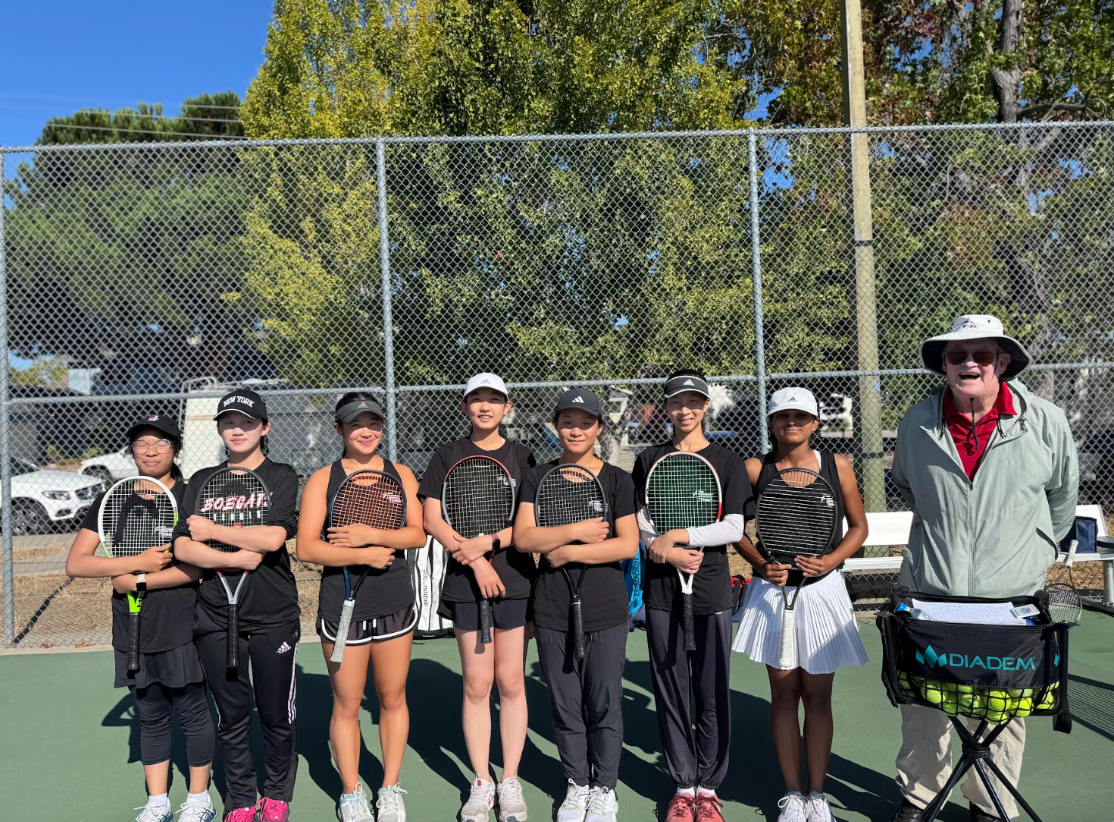
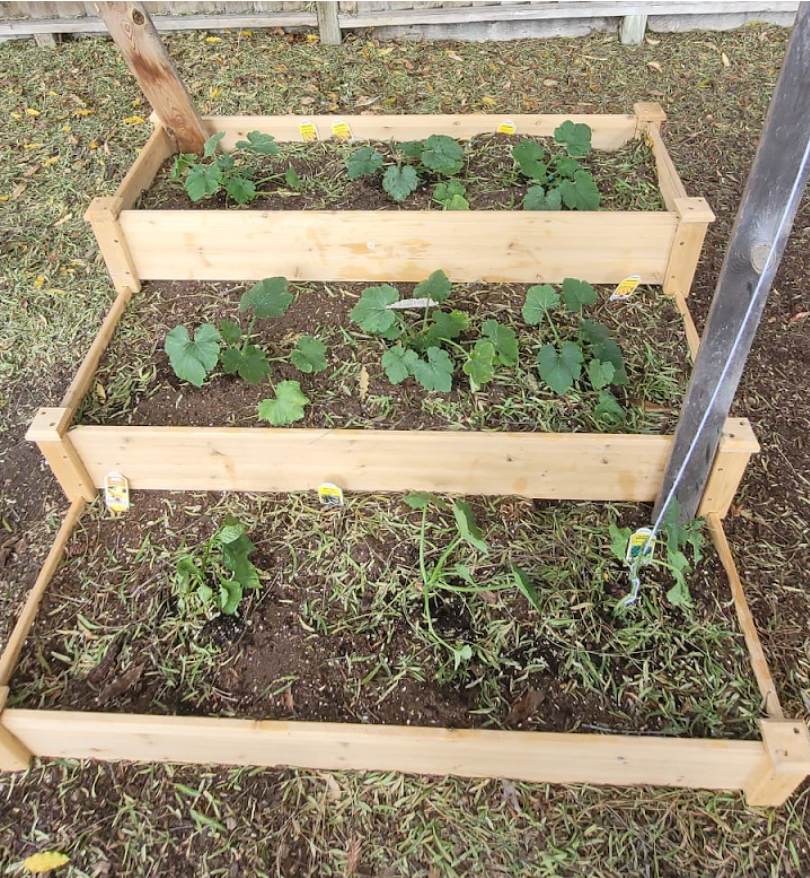
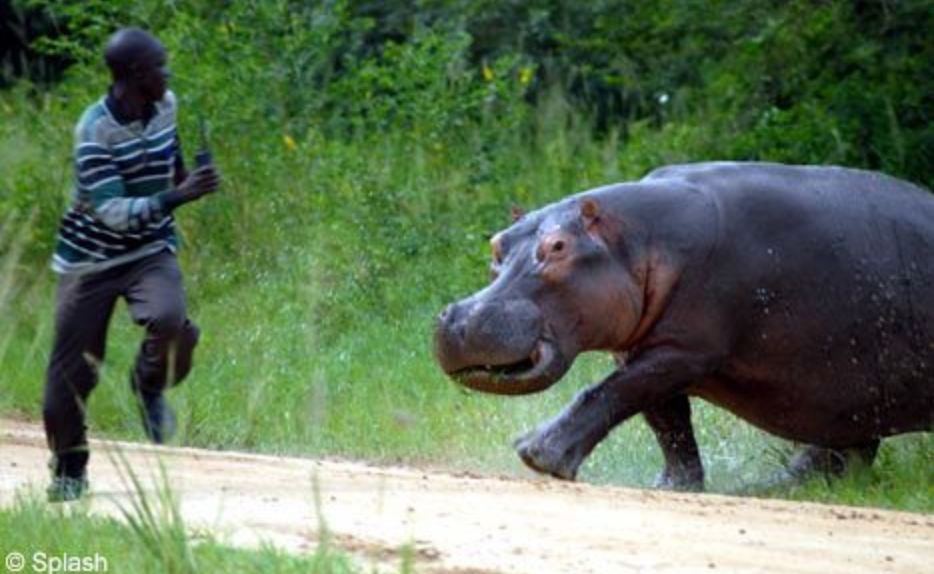
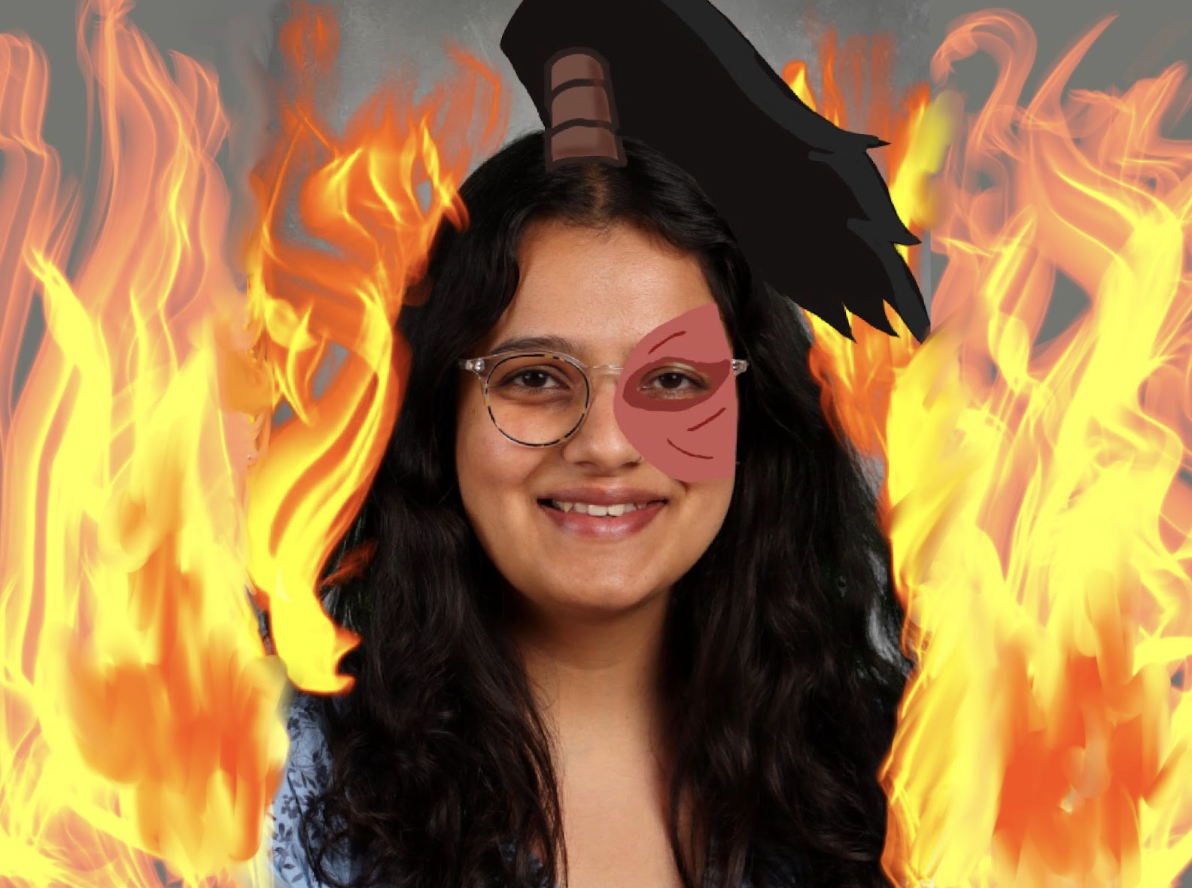


![Teacher [Milk] Tea: Part 2](https://bisvquill.com/wp-content/uploads/2024/03/Screen-Shot-2024-03-19-at-9.28.48-PM.png)


